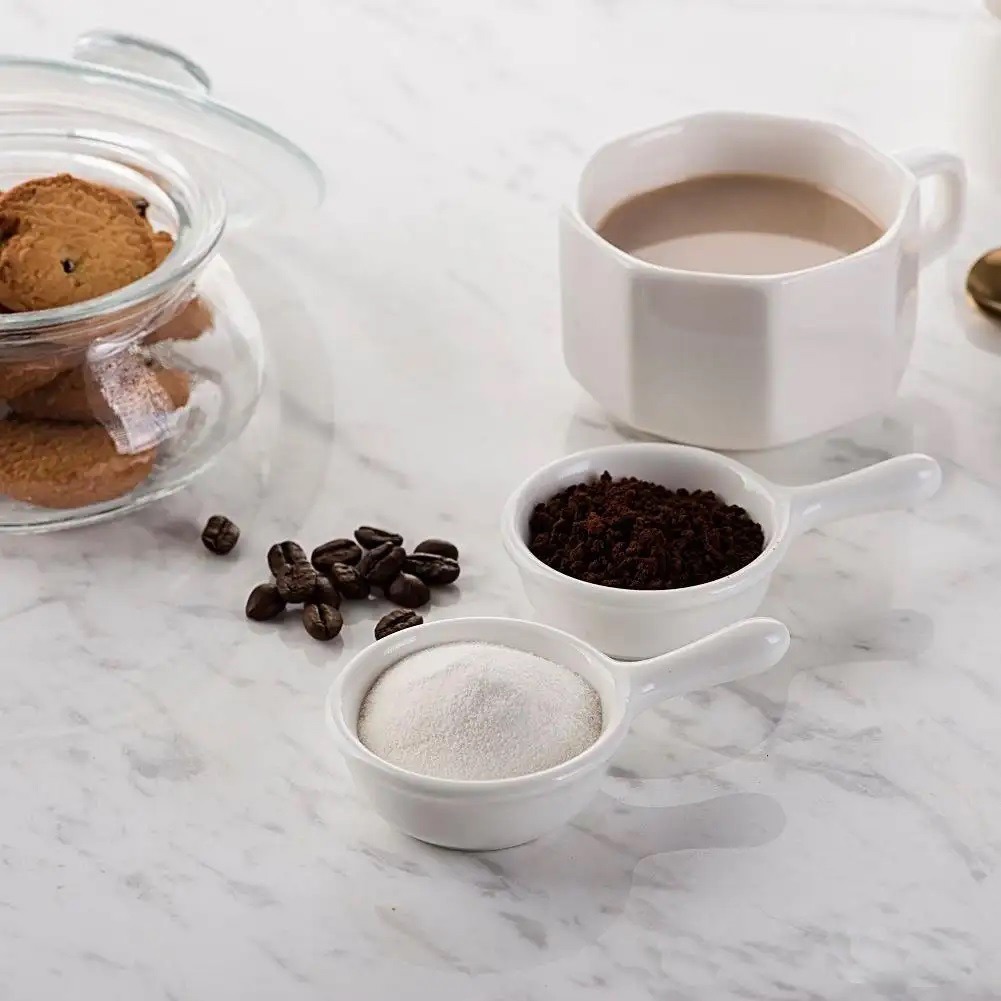Molecular Mechanisms of Astaxanthin against Alzheimer’s Disease
Alzheimer’s Disease (AD) is a chronic neurodegenerative disease characterized by memory and cognitive function impairment. In recent decades, the prevalence of AD has risen significantly. It may have a considerable effect and obstacles on the well-being and the ability to lead a healthy life of the affected patients. The excessive accumulation of β-amyloid protein (Aβ) in [...]

